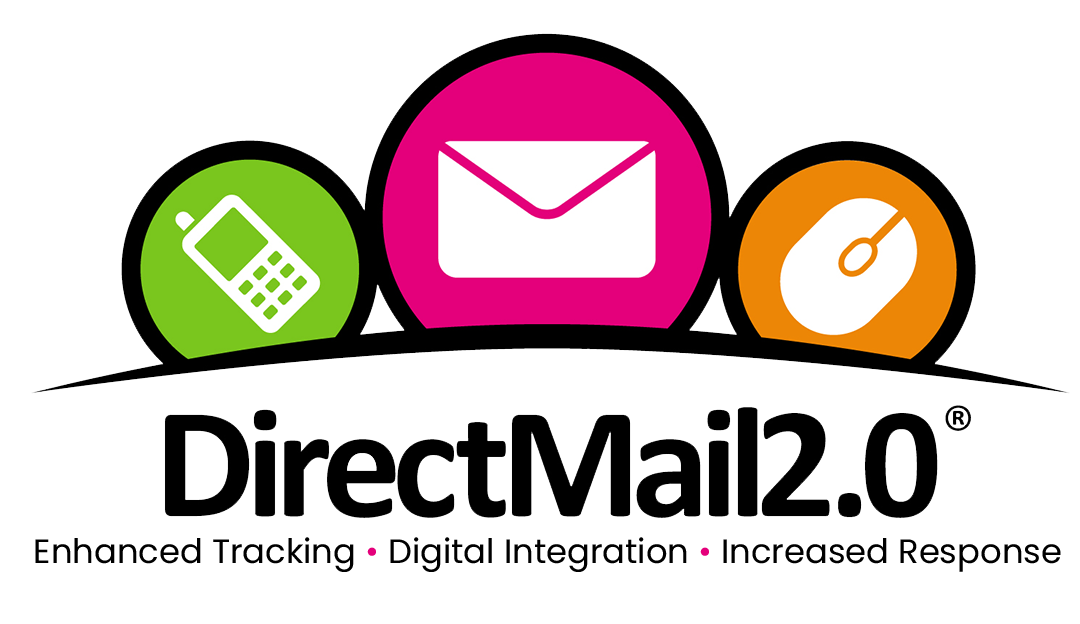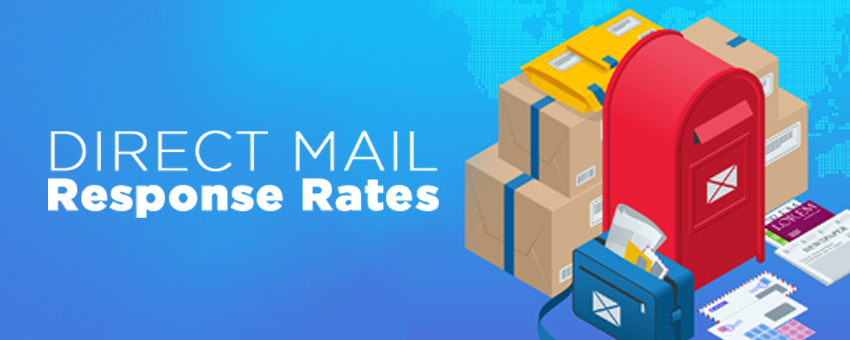There are so many marketing channel options now it can be hard to decide where you should invest to get the most bang for your buck. According to the DMA’s 2017 “Response Rate Report,” direct mail continues to provide the best response rate. The cost per acquisition rate is higher than other channels, but it is worth it.
Keep in mind that the best marketing is done through multiple channels, so make sure you are able to track each channel’s results. Use the ones that work best for you.
Almost all business types currently use direct mail and benefit from it. So, let’s get into the details the DMA found in its report of what they are doing that is working.
- Postcards — A house file had a 5.7 percent response rate with an ROI of 29 percent and prospect file had a 3.4 percent response rate with an ROI of 23 percent.
- Letter Sized Envelopes — A house file had a 4.37 percent response rate with an ROI of 29 percent and prospect file had a 2.5 percent response rate with an ROI of 23 percent.
- Flat Sized Envelopes — A house file had a 6.6 percent response rate with an ROI of 37 percent and prospect file had a 4.9 percent response rate with an ROI of 30 percent.
They do not track rates for self-mailers or booklets, I am not sure why. The two most common uses for direct mail are direct sale and lead generation, and no matter the use, a flat size envelope wins. So how are companies tracking their direct mail results?
- Online — 61 percent of companies are tracking online with the use of PURLs, landing pages and more.
- Phone — 53 percent of companies track phone calls to either a call center or designated location.
- Code or Coupon — 42 percent of companies use coupons or codes to track.
They also use, at much smaller rates, matchback, linked sales transactions, list coding and others. There is no right or wrong way to track, do what works best for you. The most important thing is that you are tracking your results.
Now, are you curious about volumes of mail? Based on monthly volume, companies are doing the following:
- 50,000 or less = 39 percent for a house list and 36 percent for a prospect list
- 50,001- 150,000 = 21 percent for a house list and 15 percent for a prospect list
- 150,001 – 250,000 = 16 percent for a house list and 12 percent for a prospect list
Finally, let’s look at cost per format:
- Letter: $22.55 for a house list and $39.75 for a prospect list
- Postcard: $14.60 for a house list and $29.70 for a prospect list
- Flat: $29.30 for a house list and $31.90 for a prospect list
As you can see from these numbers, direct mail can really be a benefit to your marketing. If you have done direct mail before but not recently or if you have not used direct mail before, you need to make sure that your final designs meet postal regulations. There is no reason to pay extra postage when you don’t have to. Your mail service provider can help you navigate the regulations and facilitate your direct mail campaigns. Are you ready to get started? Your prospects and customers are waiting to hear from you.


Recent Comments